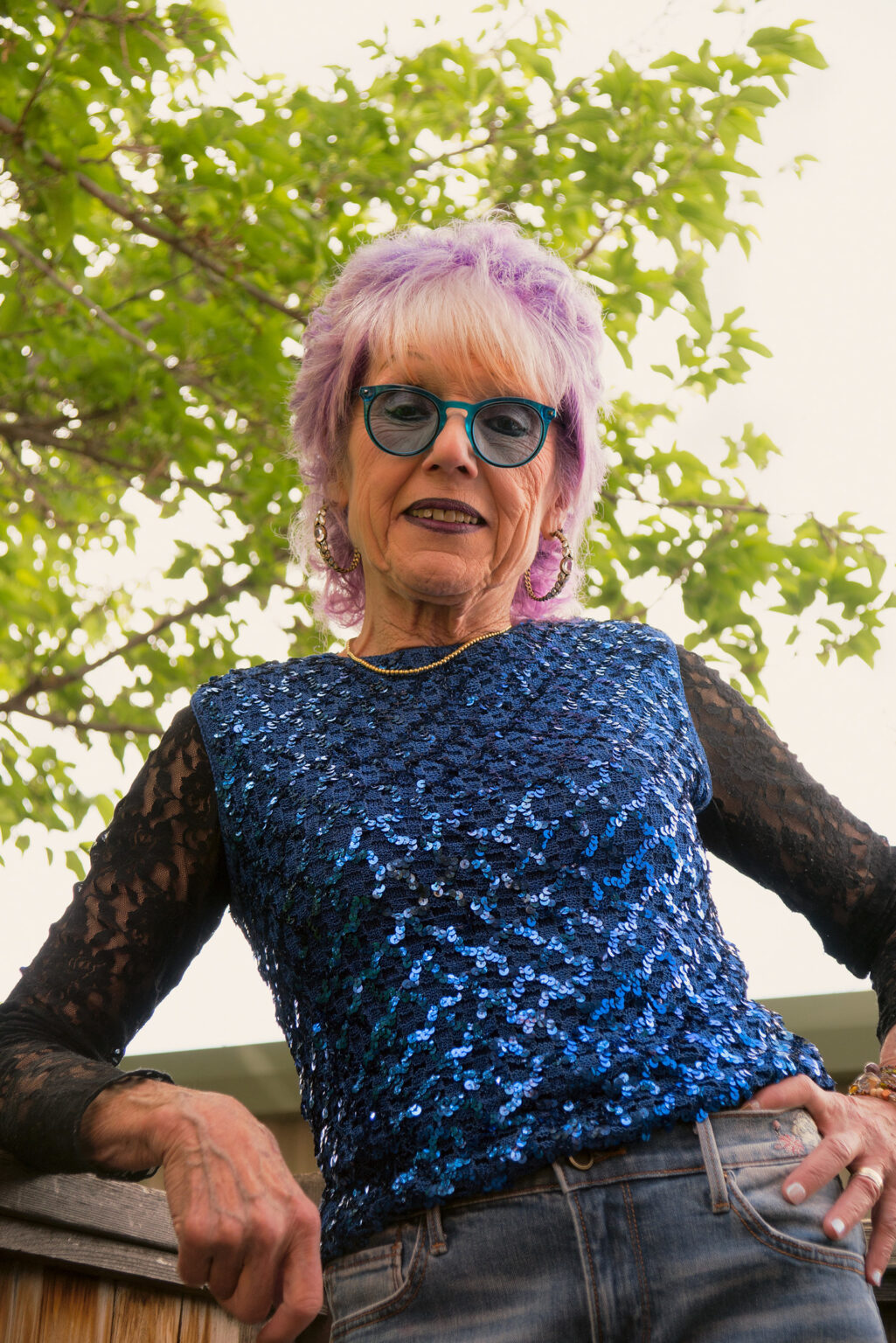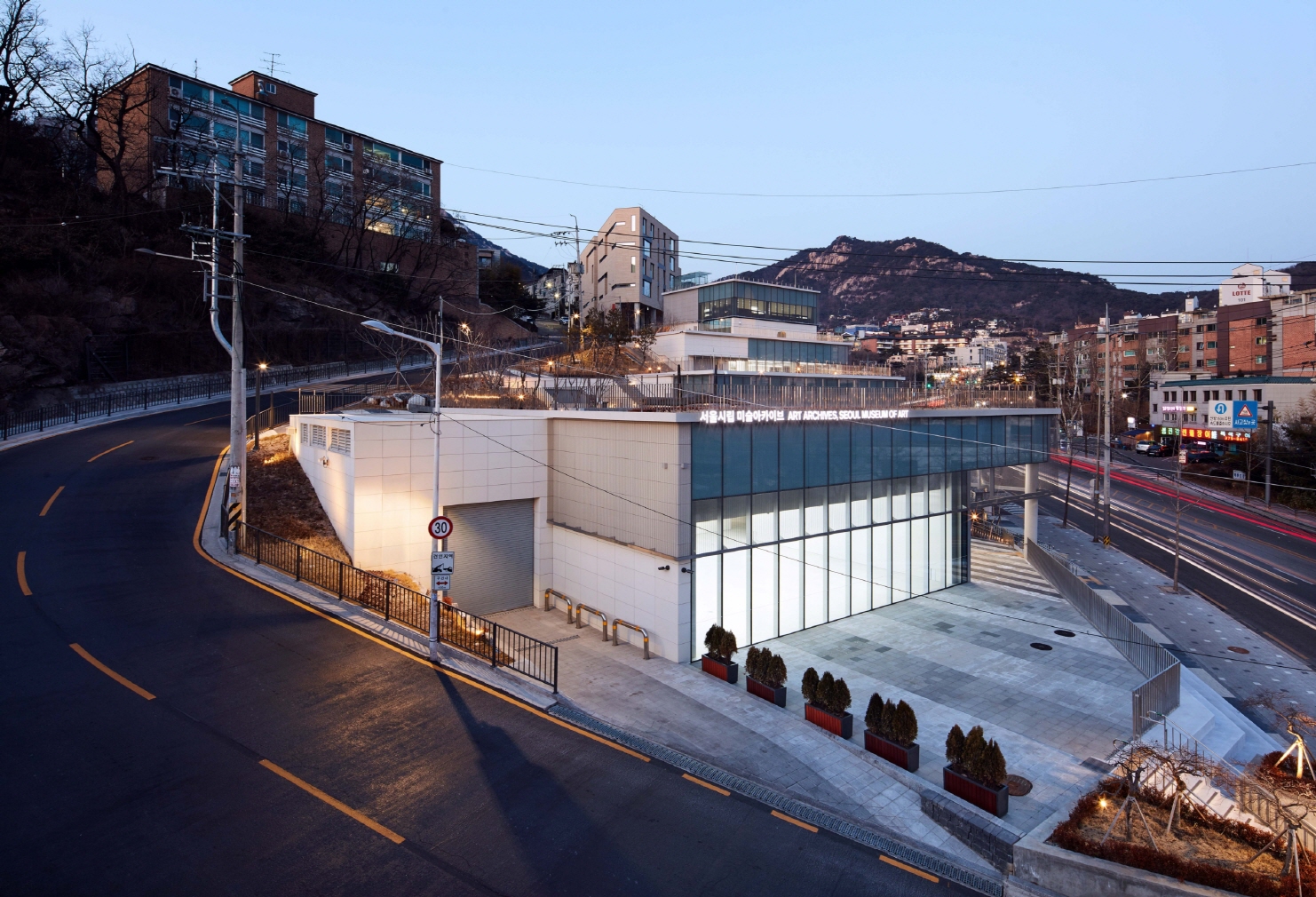The opening of the Seoul Museum of Art, Art Archives (SeMA AA) in April 2023 offers an opportunity to explore the origins of Korean contemporary artists’ practices and understand the philosophical and aesthetic foundations upon which they are based. It also enables us to illuminate important yet overlooked aspects of our contemporary art history.
 Image by Nathan Anderson, Unsplash.
Image by Nathan Anderson, Unsplash.Art archives are the cornerstone of the art history we understand today. In addition to the artworks themselves, art history can be comprehended in a diverse and rich manner due to the existence of records and materials related to the artworks. These resources bridge the gap between the artwork and the artist, enabling us to comprehend and contextualize art, thereby fostering its historicization.
In that sense, the Seoul Museum of Art, Art Archives (SeMA AA), which opened its doors in April, along with numerous other art archive institutions, such as the Kimdaljin Art Archives & Museum established in 2008, are essential for documenting the history of contemporary art in South Korea. It is anticipated that these institutions will play a significant role in filling the gaps in the history of Korean contemporary art.
While archives typically refer to collections of records or documents with historical value, what exactly is an art archive? An art archive encompasses a broader range of materials than a general archive. These materials include photographs related to artworks, brochures, catalogs, administrative documents from art galleries and museums, sales records, related drawings, video materials, and more.
In recent years, the significance of art archives has garnered considerable attention. While art archives may not be artworks themselves, they help us understand the multifaceted contextual background of artists and their works. Through art archives, we can grasp the ideas on which artists based their creations, identify the inspirations behind their works and the influences they received, and even discover the stories behind their creations.
 Judy Chicago. Photo credit: Donald Woodman.
Judy Chicago. Photo credit: Donald Woodman.
Having access to such archive materials allows artists to establish a significant position in the art world. Through archive materials, we can assess the depth and richness of an artist’s artistic universe and explore the potential for further expansion within the art realm. Furthermore, art archive materials can shed light on the contributions of important but lesser-known artists, bringing attention to the activities of diverse artists.
One well-known example is Vincent Willem van Gogh (1853–1890). The letters exchanged between Vincent van Gogh and his brother Theo van Gogh during his lifetime have enriched the world of van Gogh’s artwork and the legends surrounding him.
Another example is the Archives of Women Artists Project at the National Museum of Women in the Arts (NMWA) in the United States. This project aims to illuminate the activities of women artists who have been overlooked in art history. The museum’s Library and Research Center (LRC) has gathered an extensive collection of archival materials related to Judy Chicago’s The Dinner Party and presents it as a visual archive. Through this collection, the museum reveals the developmental background of the artwork and explores the relationship between feminism, Judaism, and the influence of the piece.
 Exhibition view of "Archive Fever: Uses of the Document in Contemporary Art," International Center of Photography, New York. (Jan 18, 2008 – May 04, 2008). © International Center of Photography.
Exhibition view of "Archive Fever: Uses of the Document in Contemporary Art," International Center of Photography, New York. (Jan 18, 2008 – May 04, 2008). © International Center of Photography.Archival materials are not only essential for the historicization of art but also serve as the foundation for exhibition planning by curators and artistic endeavors by artists. Okwui Enwezor (1963–2019), a world-renowned curator who served as the artistic director of the 2008 Gwangju Biennale, curated Archive Fever: Uses of the Document in Contemporary Art at the International Center of Photography in 2008. The exhibition highlighted the utilization of archival materials in artworks by showcasing the works of various artists such as Glenn Ligon, Thomas Ruff, Andy Warhol, Stan Douglas, and Robert Morris.
With the increasing recognition of the significance of art archives, specialized institutions or departments focusing on them began to emerge, particularly in the 2000s. One example is the Asia Art Archive (AAA), founded in 2000 in Hong Kong. It houses over 40,000 books, exhibition catalogs, over 10,000 historical artifacts, and numerous CDs and DVDs introducing Asian art since the early 20th century. While its vast archive collection of Asian contemporary art is impressive, its significance lies in its mission to explore the interconnectedness of Asian contemporary art and illuminate the importance of Asian art in the international art world.
In addition to the SeMA AA and the Kimdaljin Art Archives & Museum, various institutions in South Korea, including the National Museum of Modern and Contemporary Art, the Arko Art Center, and the Uijeongbu Art Library, collect diverse materials on Korean contemporary art. Particularly, the SeMA AA’s activities are highly anticipated, as it is a specialized public institution that collects art-related archival materials.
 Exterior view of SeMA Art Archive, Seoul. ⓒ Kim YongKwan.
Exterior view of SeMA Art Archive, Seoul. ⓒ Kim YongKwan.Through institutions such as the SeMA AA, the Korean contemporary art community is able to collect and organize materials scattered across a variety of sources. These efforts build the foundational materials that shape the narrative of Korean contemporary art history, making it accessible to a broad audience. However, going a step further, if we are able to fill in the gaps in Korean contemporary art history, we can create an even more diverse and comprehensive composition of it.
The SeMA AA is currently hosting two archive-themed exhibitions until July 30.
One of the exhibitions is Cheerful Learning, Delightful Knowledge, Joyful Knowing, which features an extensive collection of 161 artworks and 24,924 archival materials donated to the museum by Choi Min (1944–2018). Choi Min, a poet, art translator, art critic, and educator, expanded the horizons of visual culture in Korea by translating works by Ernst Gombrich and John Berger, as well as co-founding the Korean art collective “Reality and Utterance.”
The exhibition Archive Highlight: Kim Yong-Ik, Kim Tchah-Sup, Rim Dong Sik showcases primary materials discovered in the studios of three artists. Since the 1970s, these three artists have pursued distinctive activities in the rapidly evolving history of Korean contemporary art. This exhibition allows visitors to explore a wide range of materials, including working materials, sketches, artist notes, and recorded interviews, offering insights into their artistic world.
Although there are several archive institutions in the country, their activities are not widely known. With the opening of the SeMA AA, it is expected that various archive institutions in Korea will synergize and contribute to documenting the history of Korean contemporary art. Through their activities, it will be possible not only to organize the artistic world of artists but also to systematically grasp the flow of Korean contemporary art and shed light on neglected aspects of our contemporary art history.
















